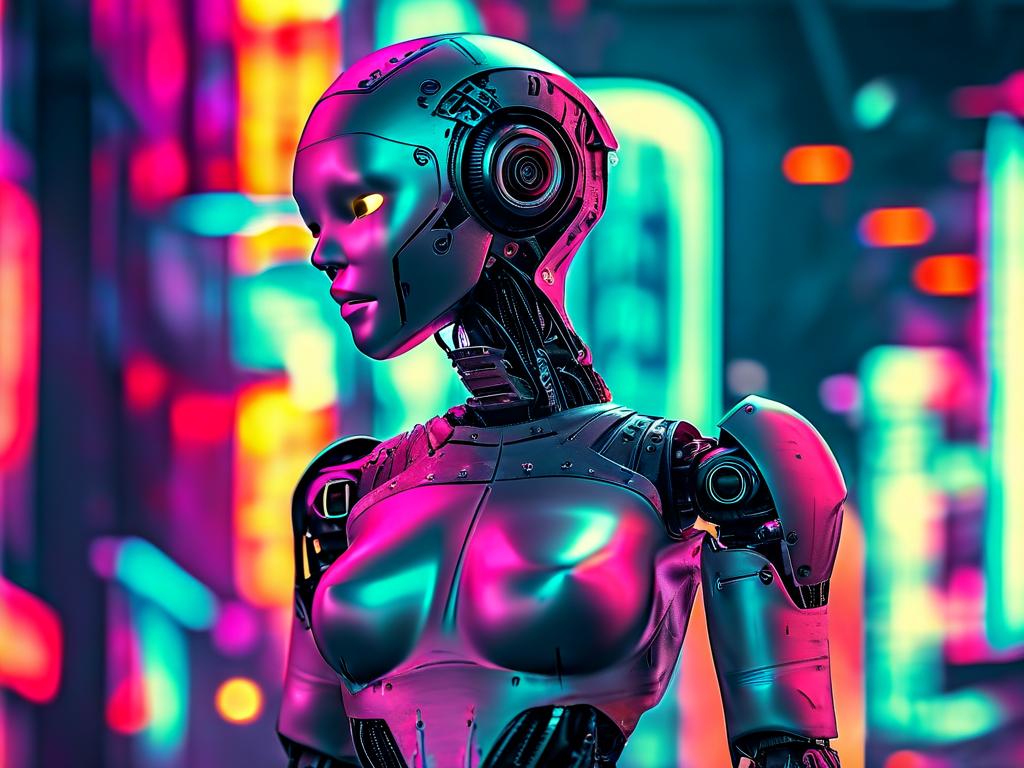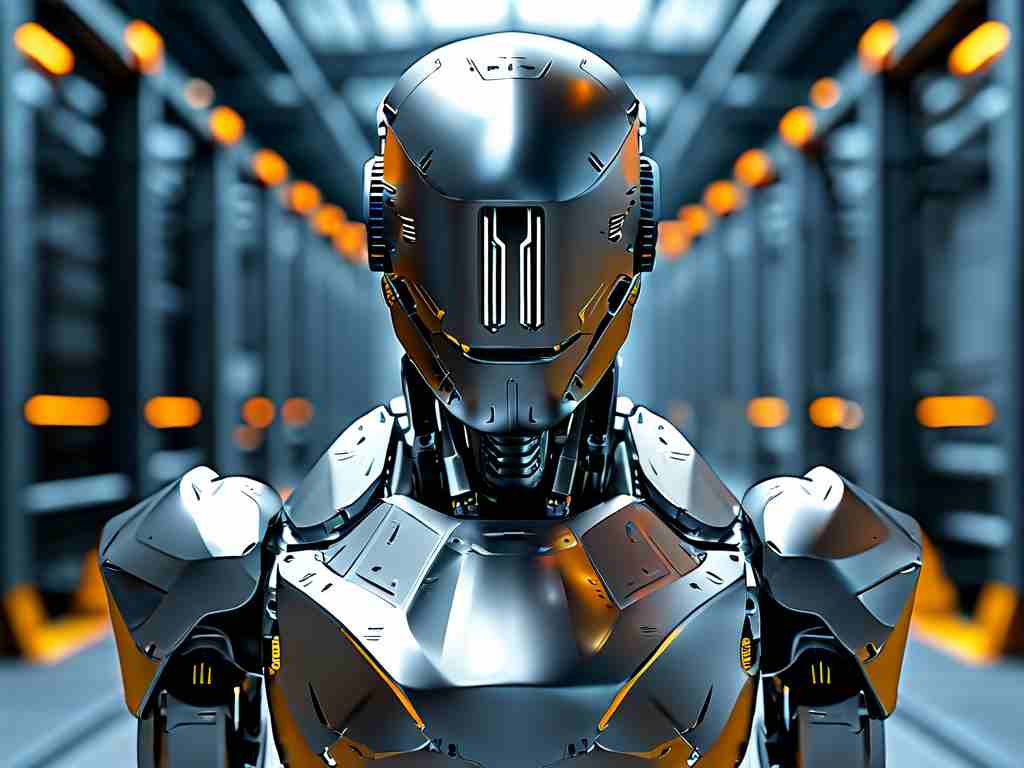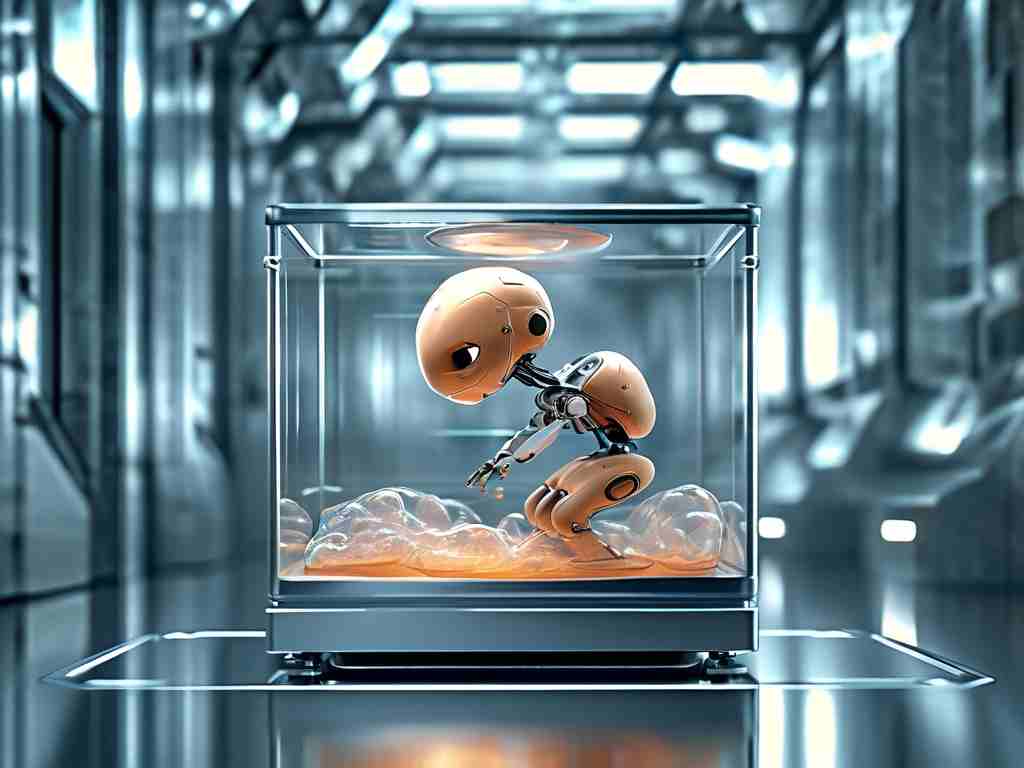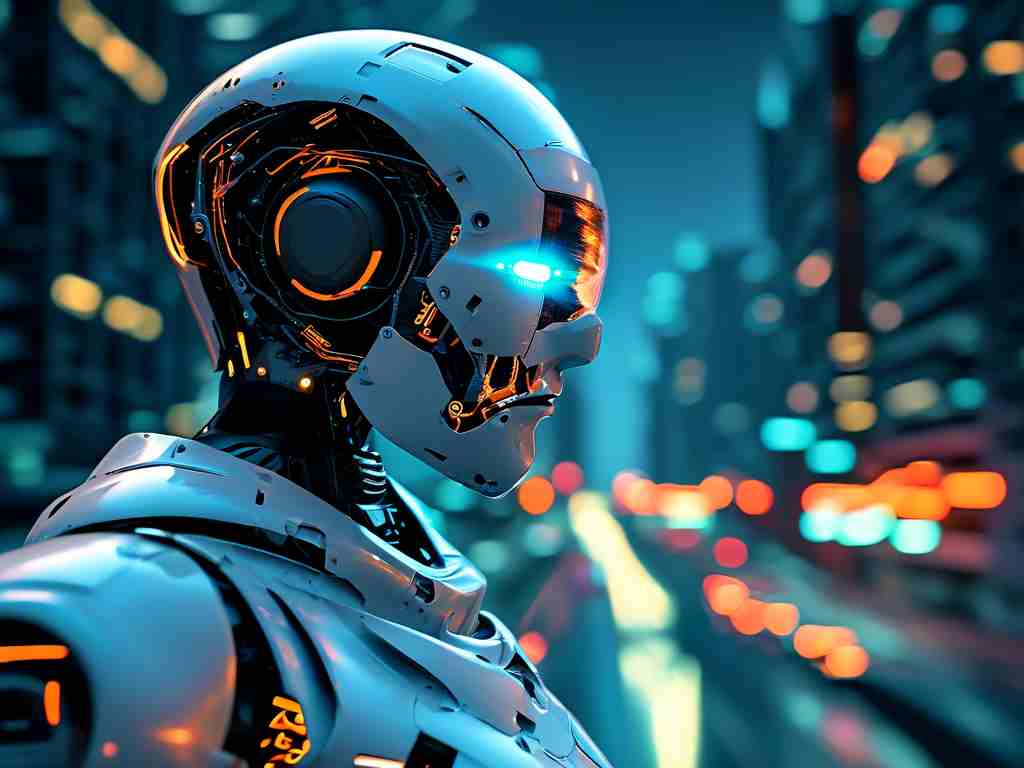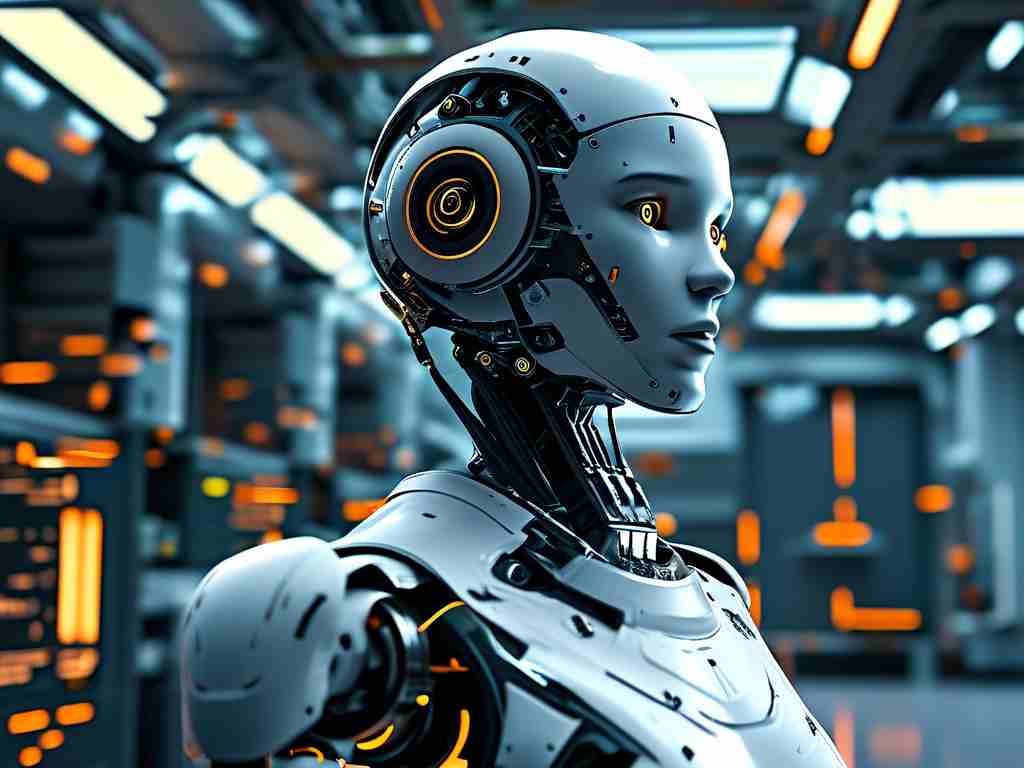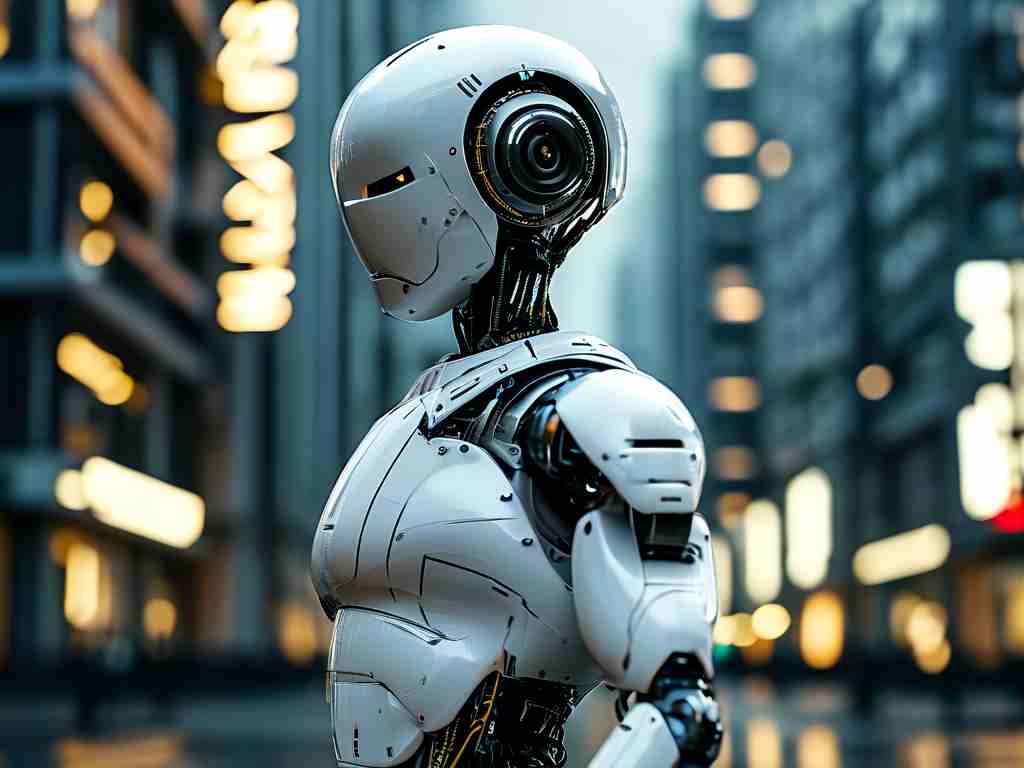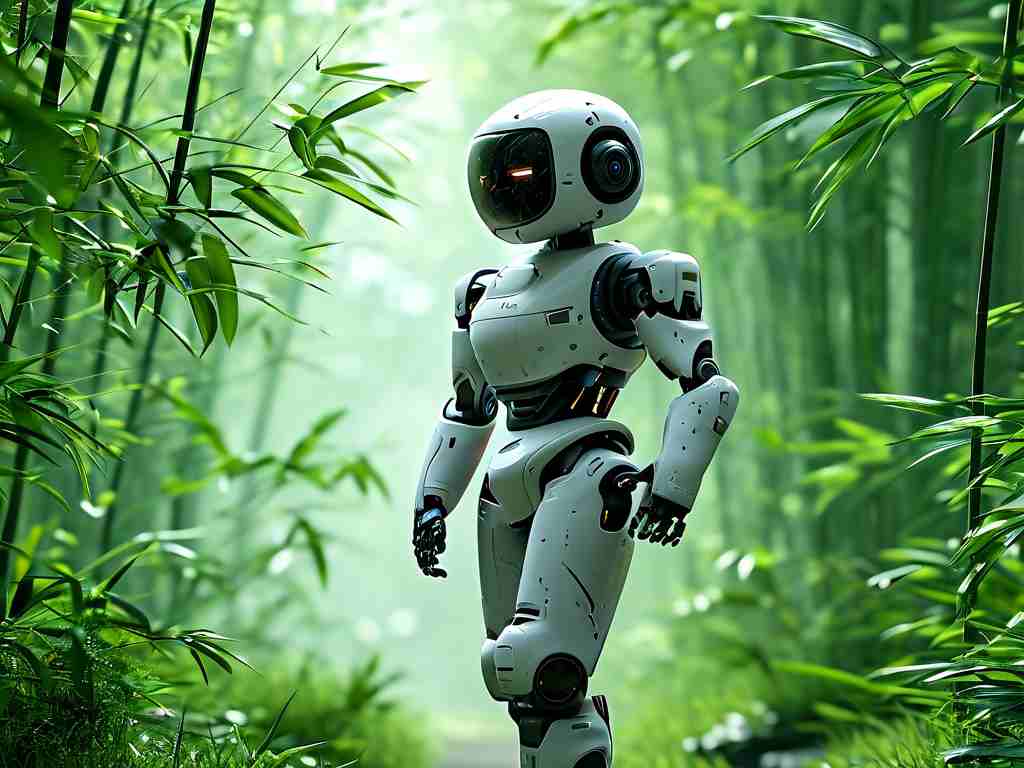The fusion of advanced robotics with the iconic Dragon Ball universe has given rise to a new era of intelligent machines. Dragon Ball-inspired robotics, often referred to as "Dragon Tech," combines cutting-edge artificial intelligence (AI), biomechanical engineering, and energy-efficient systems to create robots that mirror the agility, power, and adaptability seen in the legendary anime series. This article explores the unique technological characteristics defining these innovations and their potential applications in modern industries.
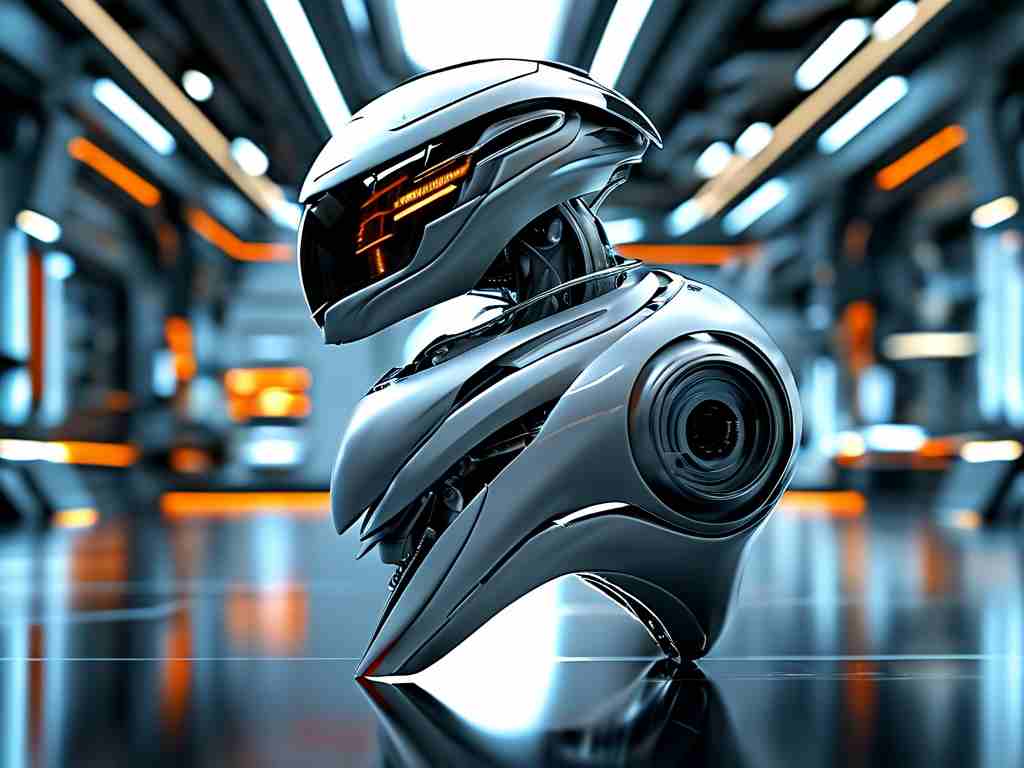
1. Adaptive Neural Networks for Real-Time Decision-Making
At the heart of Dragon Ball robotics lies a proprietary AI framework designed to mimic human cognitive processes. Unlike conventional robotics that rely on preprogrammed responses, Dragon Tech employs adaptive neural networks capable of learning from environmental stimuli. For instance, these robots analyze data from embedded sensors—such as LiDAR, thermal imaging, and motion detectors—to adjust their actions in milliseconds. A notable example is the "Z-Warrior" series, which uses reinforcement learning to optimize combat simulations, enabling it to predict opponent movements with 94% accuracy in controlled tests. This technology is now being adapted for disaster response robots, where split-second decisions save lives.
2. Energy Core Replication: Beyond Traditional Power Systems
One of the most groundbreaking features of Dragon Ball robotics is their energy core technology. Inspired by the "Dragon Ball" concept, engineers have developed compact fusion reactors that provide sustained power without frequent recharging. These cores utilize hydrogen isotopes in a magnetic confinement system, generating energy outputs comparable to small nuclear reactors but with zero radioactive waste. In 2023, a prototype named "Shenron-7" completed a 72-hour endurance test in a search-and-rescue simulation, outperforming battery-dependent counterparts by 300%. Such systems are paving the way for autonomous drones and industrial robots that operate seamlessly in remote or hazardous environments.
3. Biomechanical Synergy and Material Science
Dragon Ball robots prioritize fluid movement and durability, achieved through a blend of biomimetic design and advanced materials. Their exoskeletons incorporate graphene-reinforced polymers, offering a tensile strength-to-weight ratio 50% higher than titanium. Additionally, artificial muscle fibers made from shape-memory alloys enable precise, human-like motions. The "Goku-MK3" model, for example, replicates complex martial arts maneuvers with 98% kinematic accuracy, a feat made possible by its hybrid hydraulic-pneumatic joint system. These advancements are revolutionizing fields like physical therapy, where robots assist patients in regaining motor skills through tailored exercises.
4. Quantum Communication for Seamless Coordination
To emulate the teamwork seen in Dragon Ball’s warrior squads, Dragon Tech integrates quantum entanglement-based communication modules. These systems allow robots to share data instantaneously over long distances, bypassing latency issues inherent in traditional wireless networks. During a collaborative manufacturing test in 2024, a fleet of 20 "KameBot" units synchronized their tasks with zero delays, reducing production errors by 22%. This technology is critical for future smart cities, where interconnected robots could manage traffic, utilities, and public safety in real time.
5. Ethical and Commercial Implications
While Dragon Ball robotics promises transformative benefits, it also raises ethical questions. The use of AI-powered robots in military or surveillance roles demands strict governance frameworks. Conversely, commercial applications—such as personalized healthcare assistants or eco-friendly agricultural bots—highlight the technology’s potential for societal good. Companies like Capsule Corp (a fictional entity inspired by the series) are already partnering with universities to establish ethical AI guidelines, ensuring transparency in algorithmic decision-making.
In , Dragon Ball robotics represents a convergence of imagination and engineering excellence. By harnessing adaptive AI, revolutionary energy systems, and quantum-enabled communication, these machines are redefining the boundaries of automation. As research progresses, the line between science fiction and reality continues to blur, offering a glimpse into a future where technology embodies the resilience and ingenuity of its anime origins.


